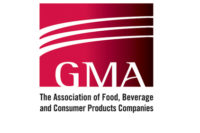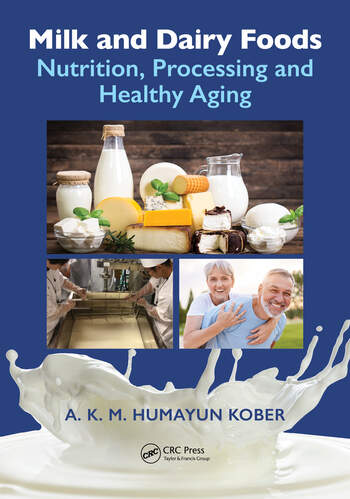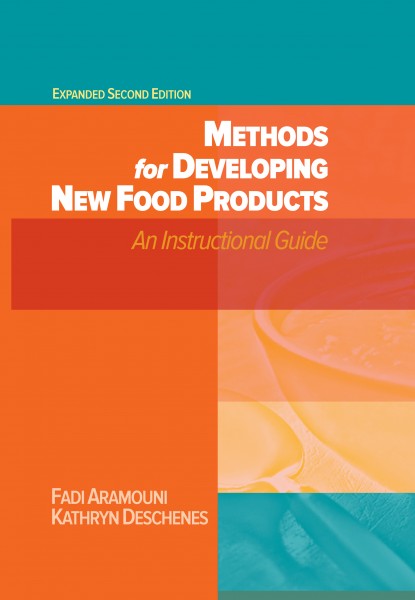
Raw meat and poultry increasingly are being packaged with nutrition information. Source: Sealed Air Corp.
Three-fifths of meat and poultry products in grocers’ refrigerated lockers carry some form of nutrition information, according to a comprehensive audit of meat-case packaging, almost double the ratio of eight years earlier but leaving plenty of room for improvement before a USDA rule for nutrition labeling of raw meat and poultry products kicks in January 1.
Nutrition labeling and cooking information, either on the package or at the point of sale, reflect changes by suppliers of case-ready branded products and the growing sophistication of retailers’ scale systems, notes Jerry Kelly, national retail account manager at Sealed Air Corp.’s Duncan, SC-based Cryovac division. A comprehensive survey cosponsored by Cryovac indicates supplier-branded products in meat cases are dwindling, while store-branded goods have tripled since 2004 and now represent 36 percent of SKUs, virtually even with supplier brands. But newer scales used by retailers go well beyond price and weight, allowing them to include safe-handling and nutrition information with many cuts.
Under the USDA rule, ground beef labels that claim to be 85 percent lean also must disclose the fat content. Veal and lamb are the least likely meats to include nutrition information, though they are expanding exponentially, with veal tripling and lamb doubling their frequency in three years. Case-ready packaging is a factor, particularly with the leaner cuts.
Raw turkey is the most likely product to currently carry nutrition information, in part because turkey producers “have a great story to tell,” Kelly says.
For more information:
Jerry Kelly, Sealed Air Corp., 864-879-3861







